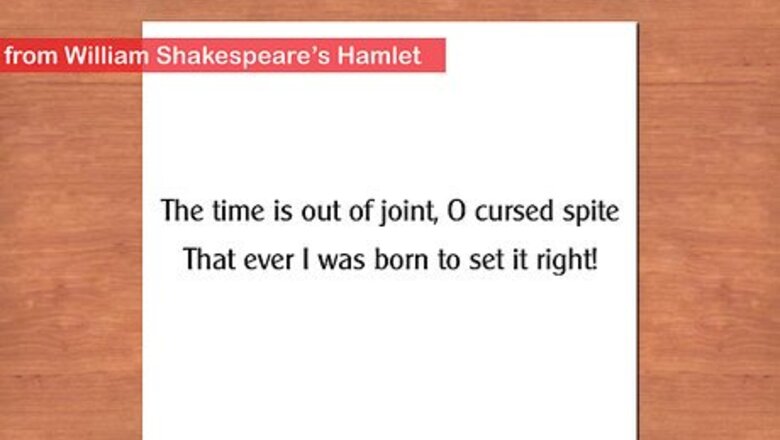
views
Constructing a Couplet
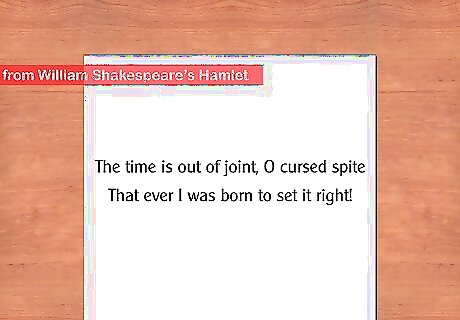
Think of your main idea or point in the couplet. It doesn't matter if the couplet will stand alone or as part of an 80-page epic -- the two lines should form a complete thought or idea. Poetry is about verbal economy -- using "the right words in the right places" -- so have a clear idea what you want to talk about in the couplet. This doesn't mean you need a grand idea or big philosophical point. A couplet could describe a flower, crack a joke, or explore your feelings on something.
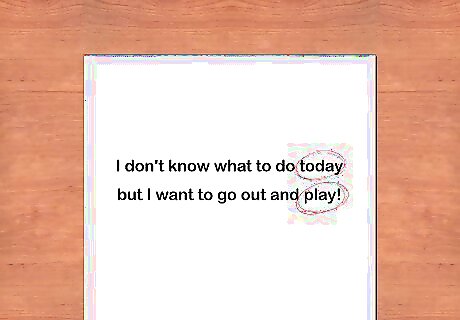
Think of the keywords surrounding your topic, ending the first line with one of them. The last word in a line of poetry is always emphasized, and this is twice as true when the lines rhyme. Rhyming calls attention to the word, making it the center piece of the line. Furthermore, the last word of a line always stands out, capping off the line before it. In general, you want a unique, exciting word to end your line. You don't necessarily want to end on a difficult-to-rhyme word like "orange" or "knickerbocker," even if they are exciting words. The best poets use language in fresh, exciting, and innovative ways. While you could find a lot of rhymes for "you" or "me," ask yourself if there is a more unique word to choose.

Brainstorm several words that rhyme with the end of your first line. Once you've got a line you're comfortable and a good end word, start brainstorming potential rhymes. Write out every word that you can think of -- even seemingly unrelated words may fit in perfectly as part of a metaphor, simile, or image. While most rhymes occur on the last word, they don't have to. Check out, for example, this couplet from Dr. Suess: "Fox in socks, our game is done, sir. / Thank you for a lot of fun, sir." You may decide to rewrite your first line if you have no good rhymes -- this is just part of the process.
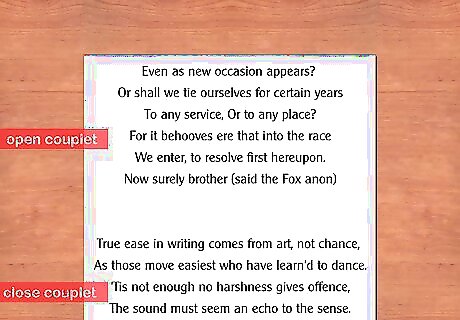
Place punctuation at the end of the line for complete thoughts, or leave it as an "open couplet." Contrary to popular belief, most poetry is meant to be read normally, meaning you don't stop or pause at line breaks but instead read it out loud like you would read any other book. If you leave it open, the rhyme is subtle and feels less like a song, since you read right over the rhyming word, but still get the musical quality. If you place a comma or period after the first line, you generally get a more old-fashioned, song-like rhyme. Talented poets will often mix and match open and closed couplets, such as in Sir Edmund Spenser's "Mother Hubbard's Tale". For a master course in open couplets, read Chaucer's The Canterbury Tales.
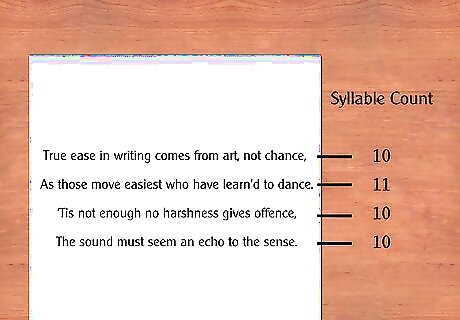
Make sure that both lines have roughly the same amount of syllables. Say the couplet out loud to yourself. Does it flow off the tongue, or does it sound awkward? If you can't comfortably read your couplet, try cutting or adding words so that both lines are roughly the same length. If you're comfortable with poetic meter, try and make the two lines as close as possible with stresses and syllables. If not, just focus on making them sound lovely.
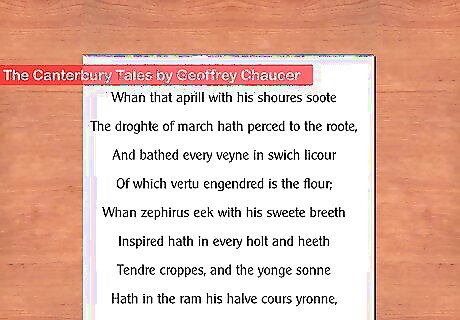
Follow your imagination and intuition to keep crafting couplets. Some poets would rather write out the first line then brainstorm good words to rhyme. Others think of pairs of words they want to rhyme, then build lines around them. Still others work backward, crafting the second line as a punchline or surprise and then building the lead-in before it. Most poets do a bit of everything. Once you've got the structure down, the only way to get better is to practice. In general, couplets give a poem a light, playful, and sing-songy feel in modern poetry Appropriately, many modern song lyrics are written in couplets. There are some that feel like poetry
Using Couplets in Complex Poetry
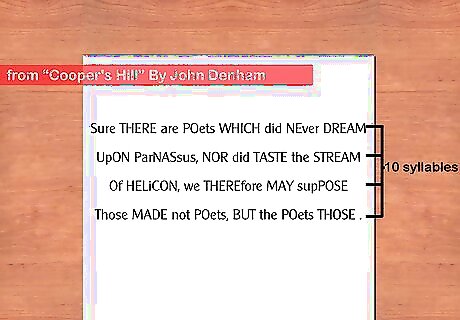
Use iambic pentameter to write heroic couplets. The heroic couplet, like those used in old British Poetry and Shakespeare, are carefully constructed so that each line has only ten syllables. They are written in iambic pentameter, and the last syllable of the line must be stressed. If you're new to poetic meter, iambic sounds a bit like a heartbeat (daDUM, daDUM, daDUM), where the syllables alternate between unstressed and unstressed when you say them (for example, words like "exIST," "aWAY," or "preDICT," where your voice goes up at the end). Iambic pentameter is all about rhythm, and while it is rarely used today, you should be aware of it for school. Pentameter means five "feet" per line, since penta = "five." A foot is a specific combination of stressed and unstressed syllables. Every sonnet Shakespeare wrote was written in iambic pentameter. Eminem's "Lose Yourself" is modern example of iambic pentameter at high speed.
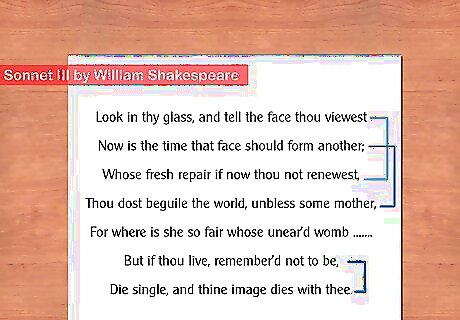
End classic sonnets with a couplet to "turn" the meaning of the poem. Shakespeare might be known primarily as a playwright, but his sonnets have become so famous their form is still mimicked to this day. A sonnet is made up of alternating couplets (line one rhymes with line three, line two with line four, etc.), but the ending is a classic couplet. The switch from alternating rhyme to a couplet highlights a change in perspective, tone, or theme as well as a change in form. Very often, this couplet surprises the reader, provides the moral or point of the poem, or otherwise makes the poem turn on its head.
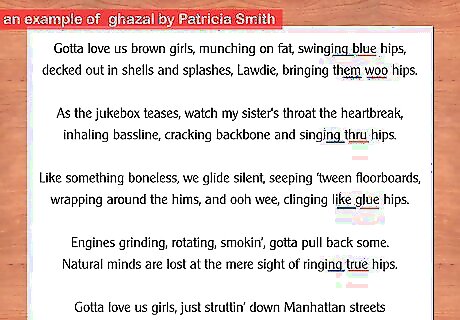
Craft an Arabic ghazal out of five or more couplets. This ancient poetic form is usually concerned with loss and longing, but it can be built out of any subject material. However, ghazals aren't made up of your typical couplets. For starters, the first two lines must end in the same word, with the rhyme coming before this word, known as the refrain. From then on out, the second line of every couplet ends with this refrain word, but with a different rhyming word before it. The first line of each couplet does not have to rhyme, and the second to last line usually contains your own name. While it seems complicated, the ghazal is most easily learned through this example, the "Hip-Hop Ghazal" by Patricia Smith:Gotta love us brown girls, munching on fat, swinging blue hips,decked out in shells and splashes, Lawdie, bringing them woo hips.As the jukebox teases, watch my sister's throat the heartbreak,inhaling bassline, cracking backbone and singing thru hips.Like something boneless, we glide silent, seeping ‘tween floorboards,wrapping around the hims, and ooh wee, clinging like glue hips.Engines grinding, rotating, smokin’, gotta pull back some.Natural minds are lost at the mere sight of ringing true hips.Gotta love us girls, just struttin’ down Manhattan streetskilling the menfolk with a dose of that stinging view. Hips.Crying ’bout getting old—Patricia, you need to get up offwhat God gave you. Say a prayer and start slinging. Cue hips.
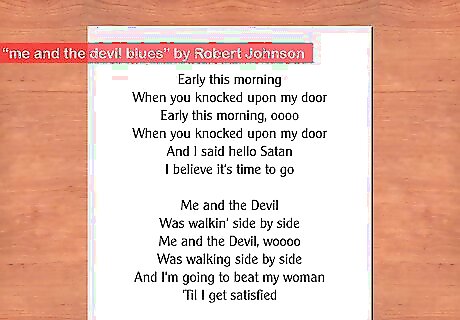
Build a classic blues song out of couplets. The blues, America's signature genre of music and the foundation of rock and roll, jazz, hip-hop, and much modern pop, was originally just a collection of rhyming couplets. You will find that the first line is repeated twice ("Woke up this morning, to a knock upon my door.... I woke up this morning, with a knock upon my door), and then the second line comes in with a chord change ("And I said "hello Satan, I believe it's time to go" -- Robert Johnson). In general, the second line contains a turn. That is, after the first line is repeated, the second line surprises the listener by changing expectations or swiveling the focus. Couplets are also common in many modern forms of music, and form the basis of many rock, rap, and pop lyrics.



















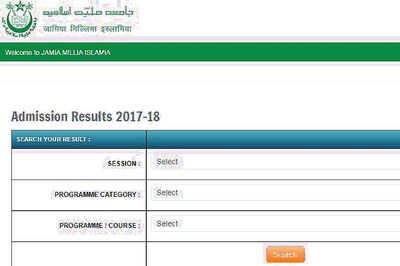
Comments
0 comment